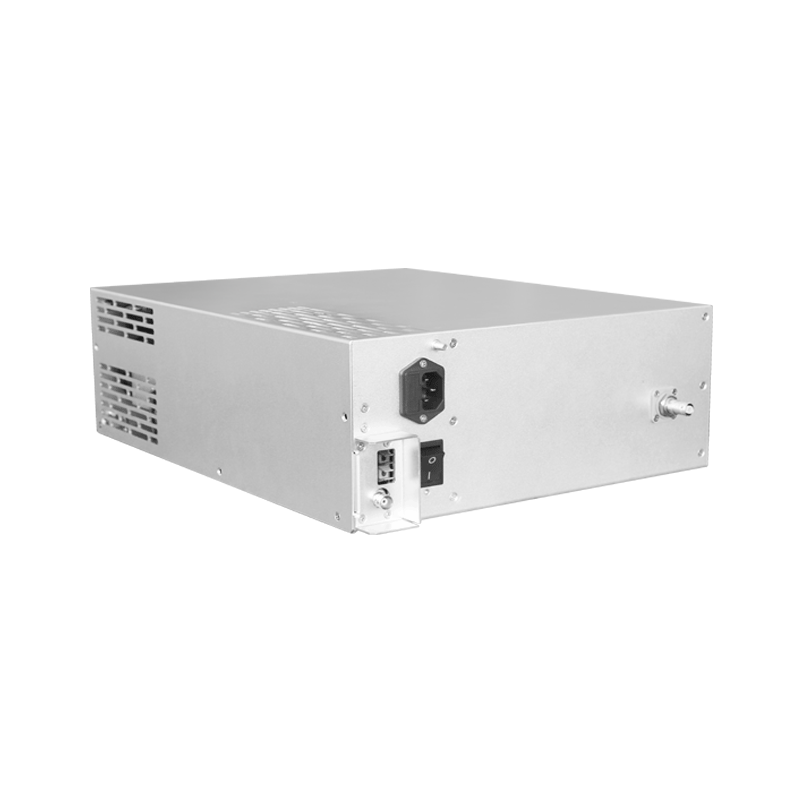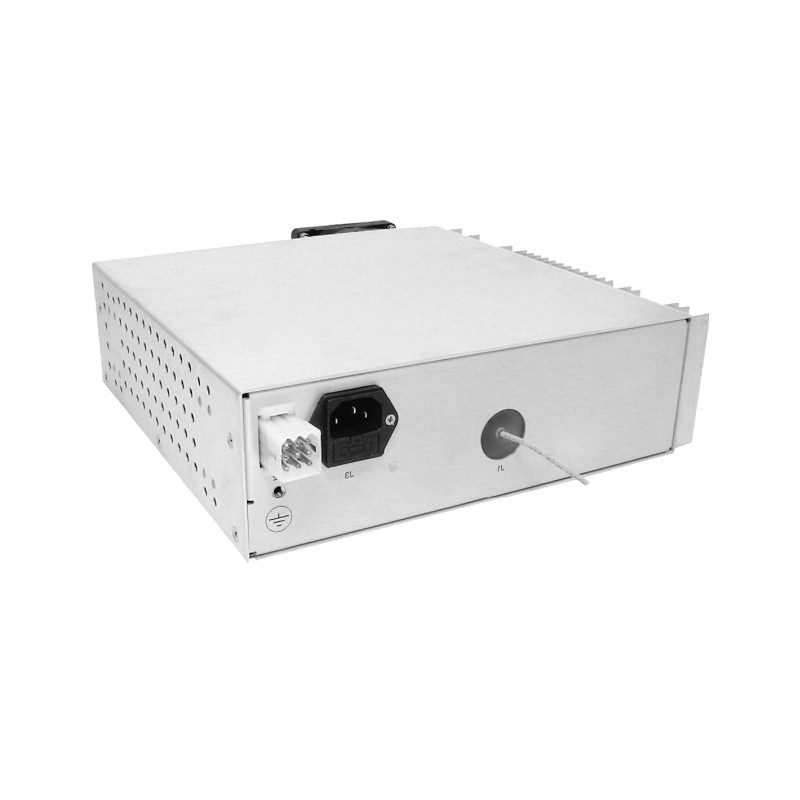Innovations in High-Voltage Pulsed Power Supply Designs to Meet the Growing Needs of Helium-Neon Laser Development
In recent years, with the extensive application of helium-neon lasers in industrial manufacturing, the demands for laser miniaturization, high stability, and reliability have been increasing. As a critical component of helium-neon lasers, the performance of high-voltage pulsed power supplies directly affects key laser specifications including output power, pulse repetition rate, and pulse stability. Therefore, innovative designs of high-voltage pulsed power supplies have become an important topic to meet the evolving needs of helium-neon laser development.
Traditionally, high-voltage pulsed power supplies often adopt brick-stacking design schemes. While reliable, these configurations suffer from drawbacks of large size and low efficiency. In recent years, some companies have started trying compact, miniaturized circuit topologies to achieve supply miniaturization and improved conversion efficiencies. These mainly include the application of innovative technologies such as multi-stage topologies, resonant topologies, solid-state switching devices, etc. These new topologies significantly reduce the size of power supplies, making them easier to integrate with laser cavities. Moreover, conversion efficiencies can reach above 80%, effectively decreasing the thermal load of the system.
In addition, the adoption of digital control technologies has become a new trend in power supply design. Digital controls allow precise adjustment of various power parameters to optimize laser output performance. Some companies employ DSP, FPGA and other digital modules to enable programmable control over pulse width, pulse interval and other parameters, delivering “customized” pulse shaping. This not only greatly simplifies control complexity, but also makes laser tuning more flexible.
New solid-state switching devices like SiC and GaN also make miniaturized high-voltage pulsed power supplies possible. With higher breakdown voltages and lower conduction losses, these devices can operate stably at higher frequencies. Pulse power units designed with these devices feature smaller sizes, higher efficiencies, and the ability to meet the needs of helium-neon lasers with megahertz repetition rates.
With the continuous advancement in pulsed power topologies and control techniques, future helium-neon lasers are expected to trend toward higher average power and repetition rates. The industry needs to accelerate R&D and adoption of key technologies to accommodate the thriving helium-neon laser processing field. Our high tech magazine will keep a close watch on the latest developments in this area, to deliver to our readers the evolving dynamics of the synergy between high-voltage supplies and laser technologies.




















